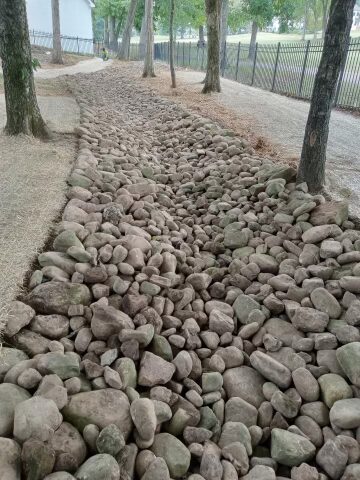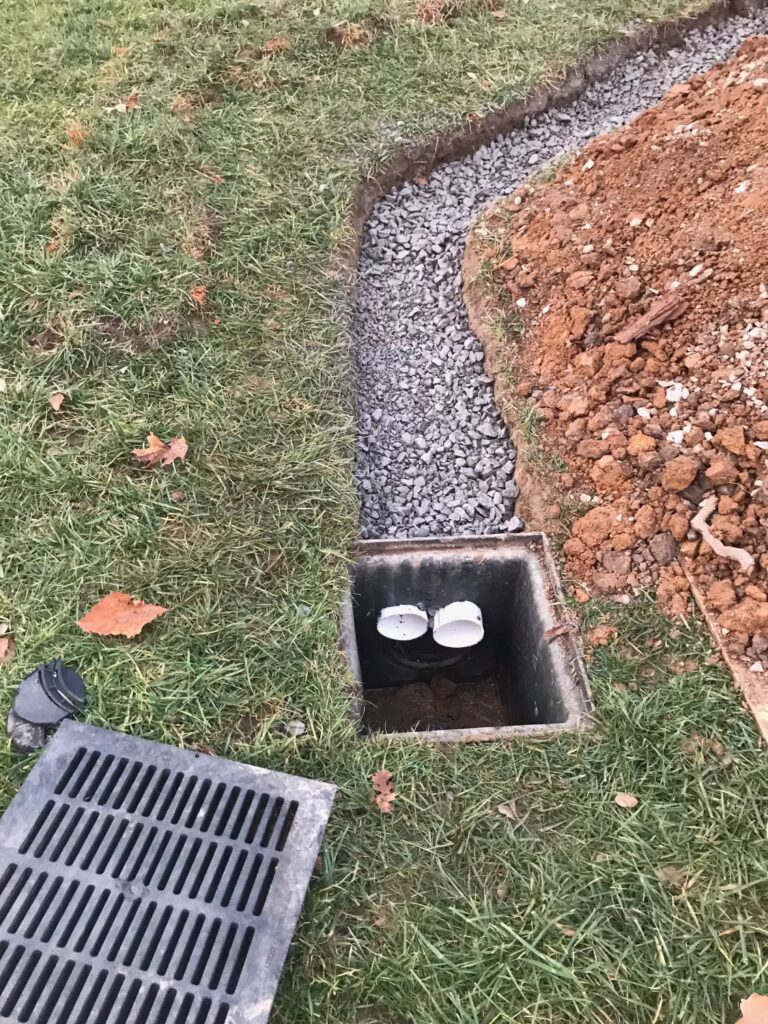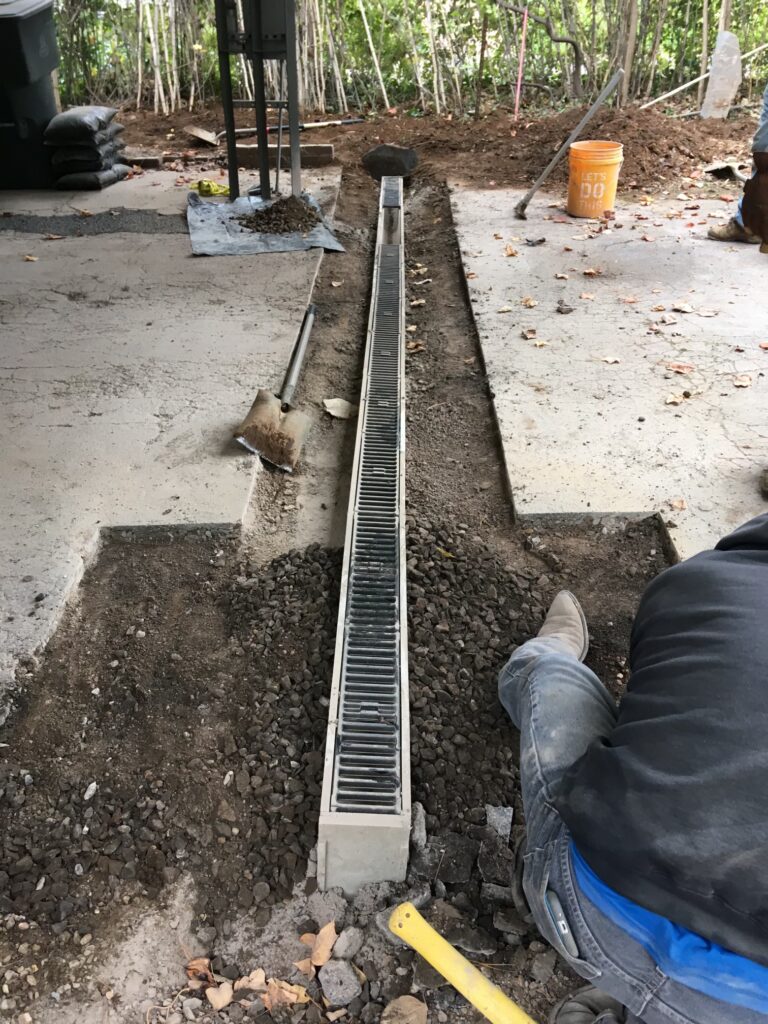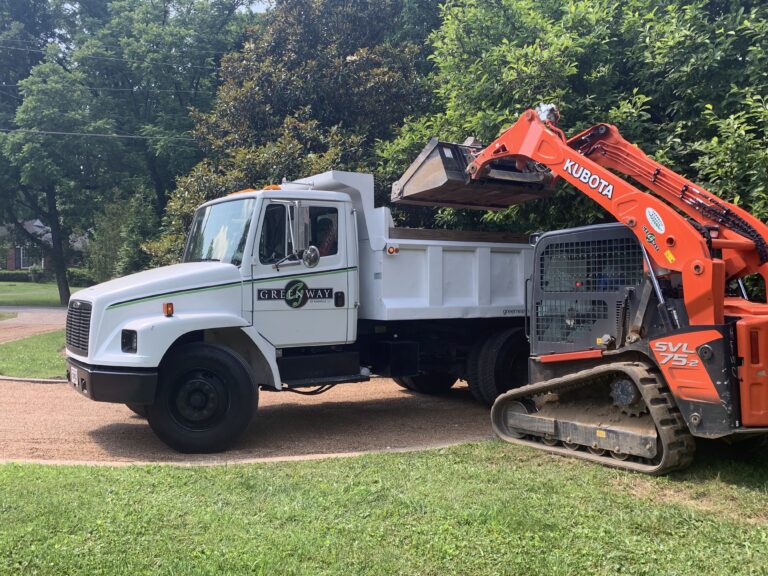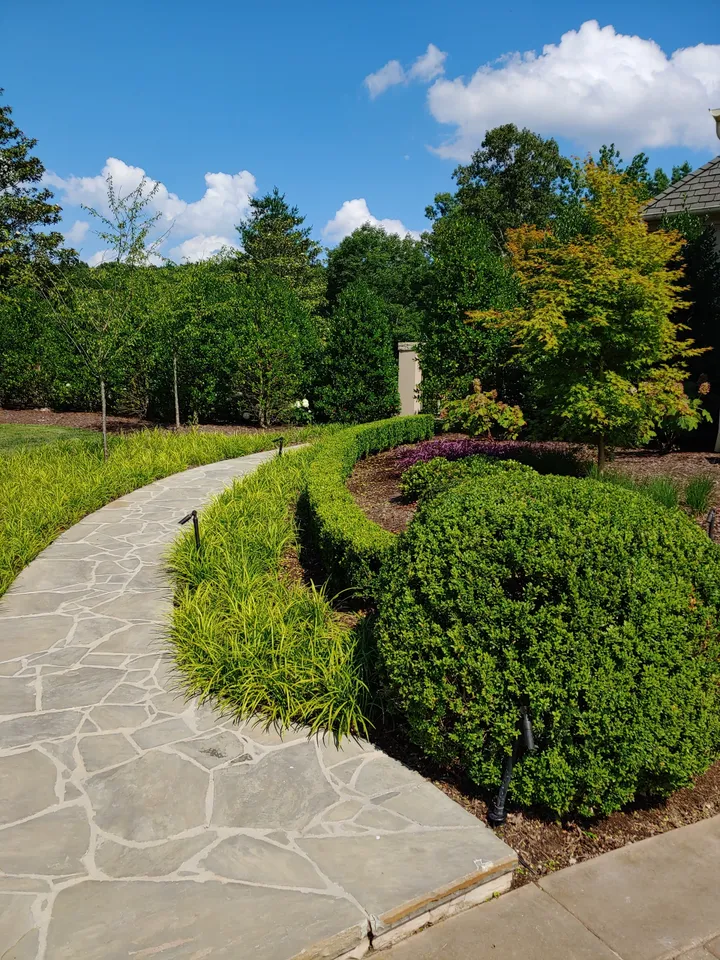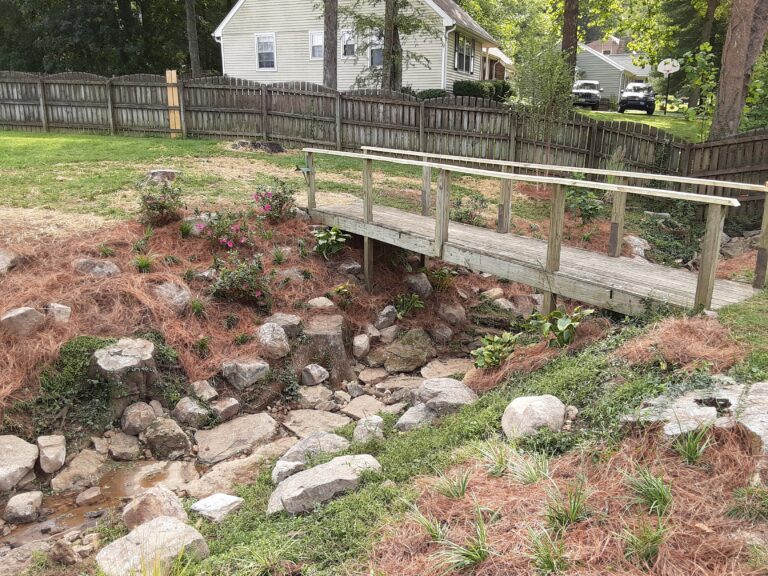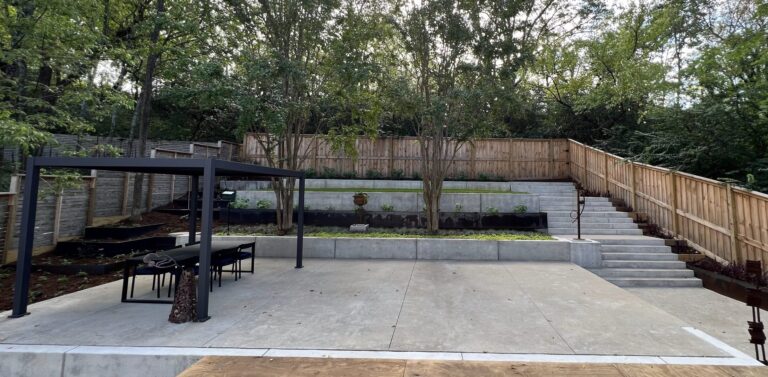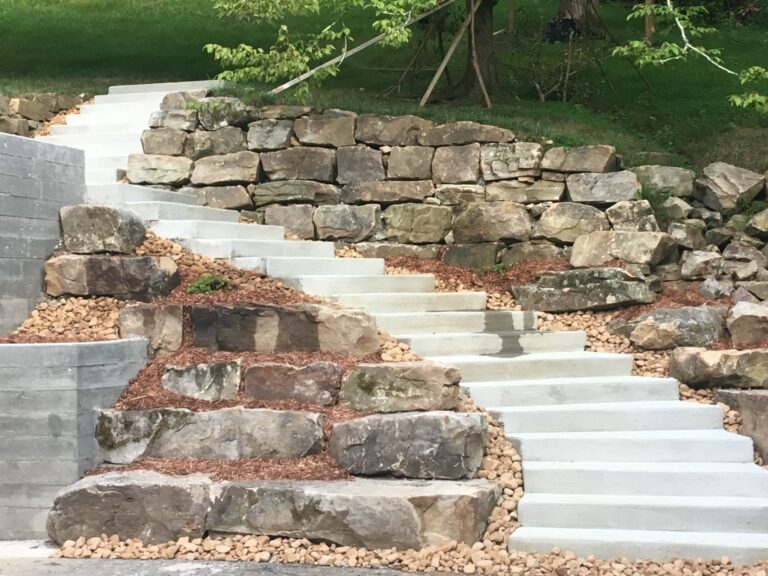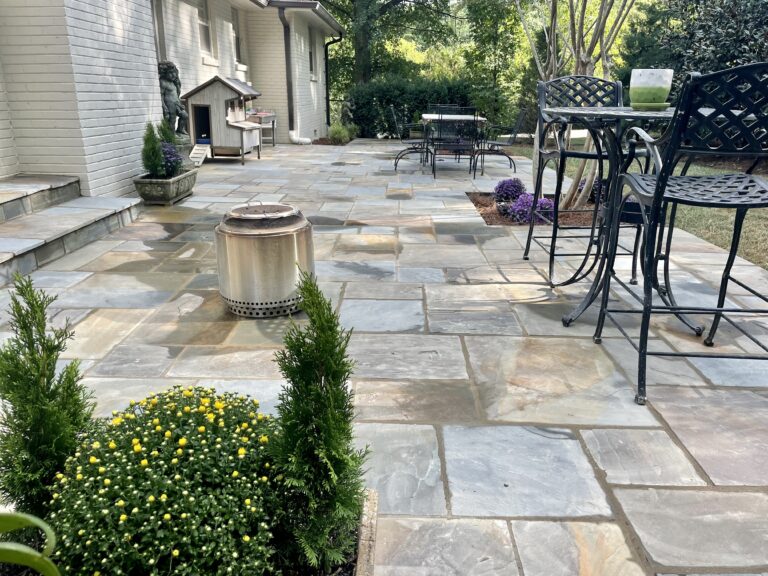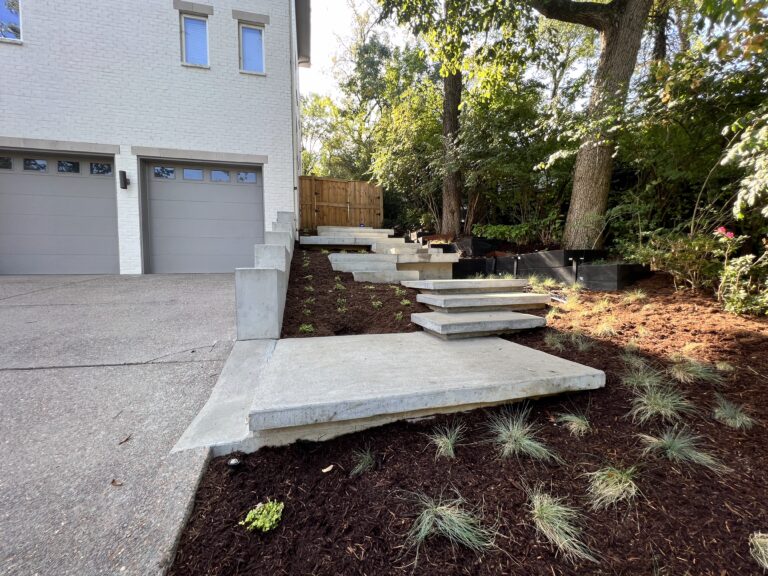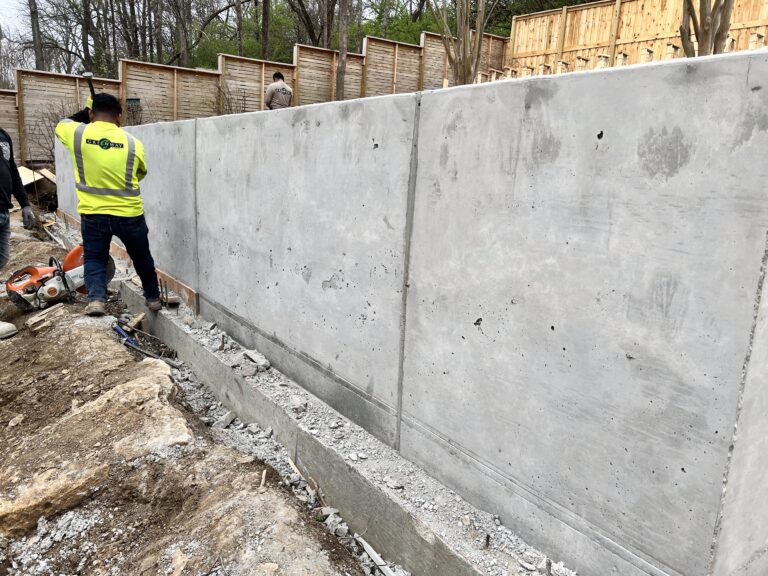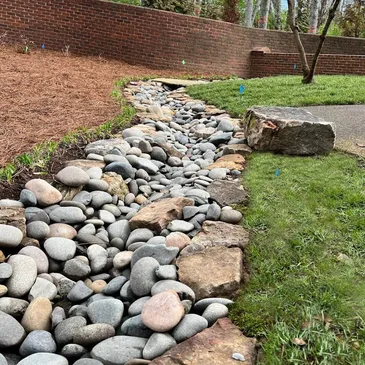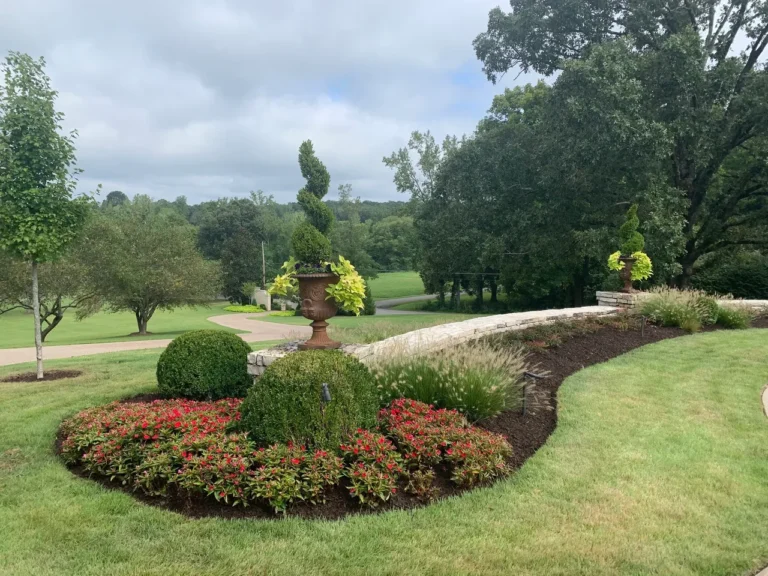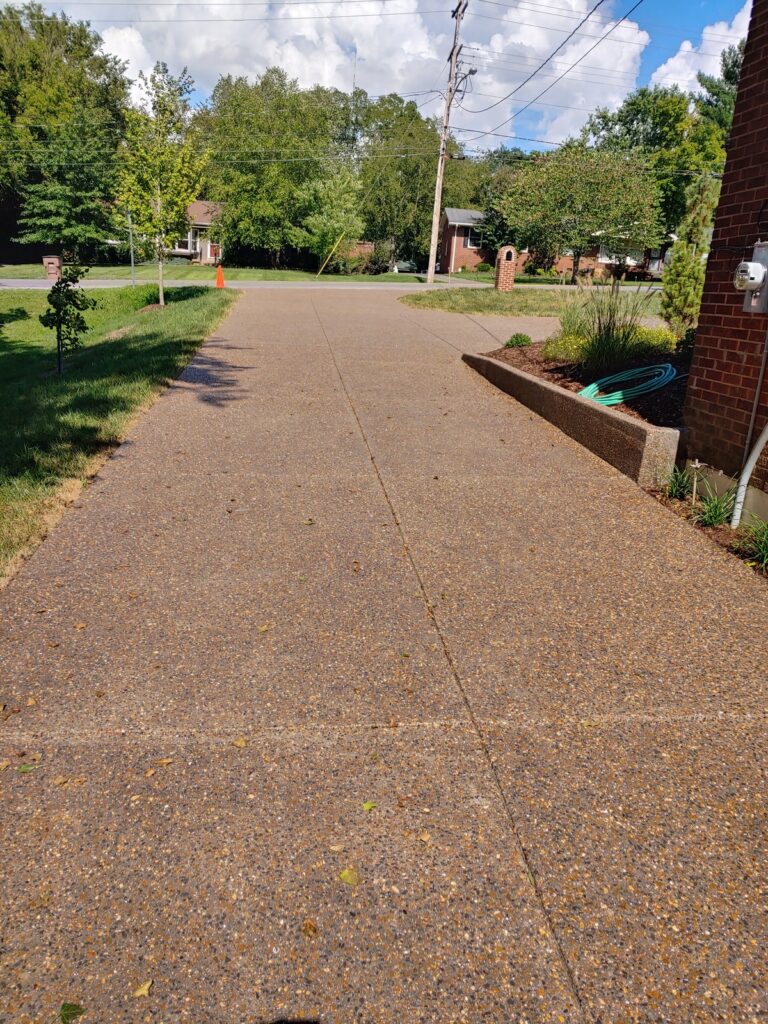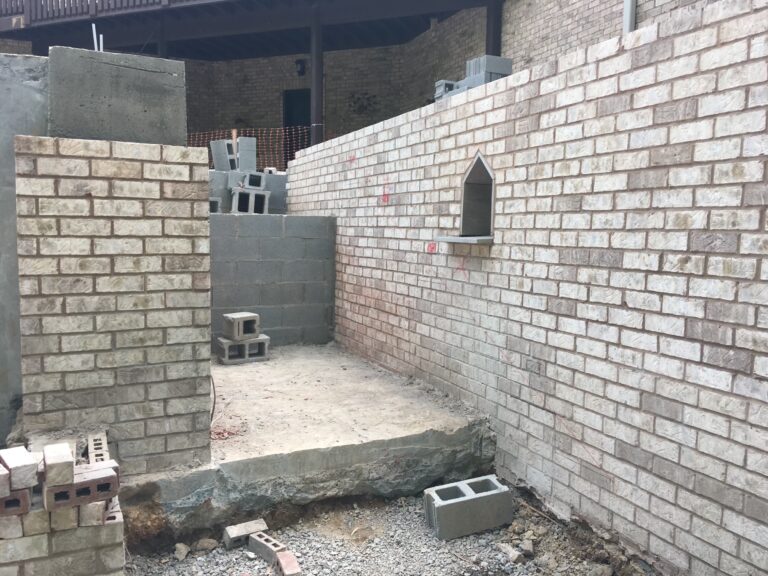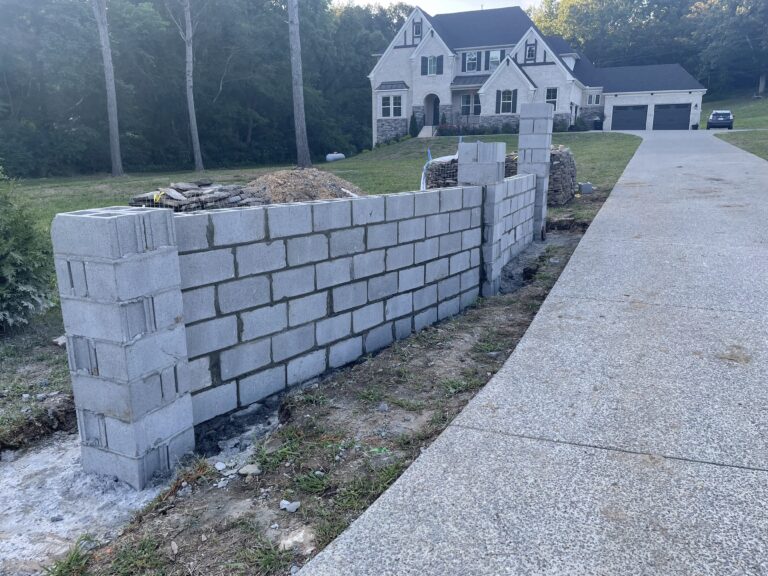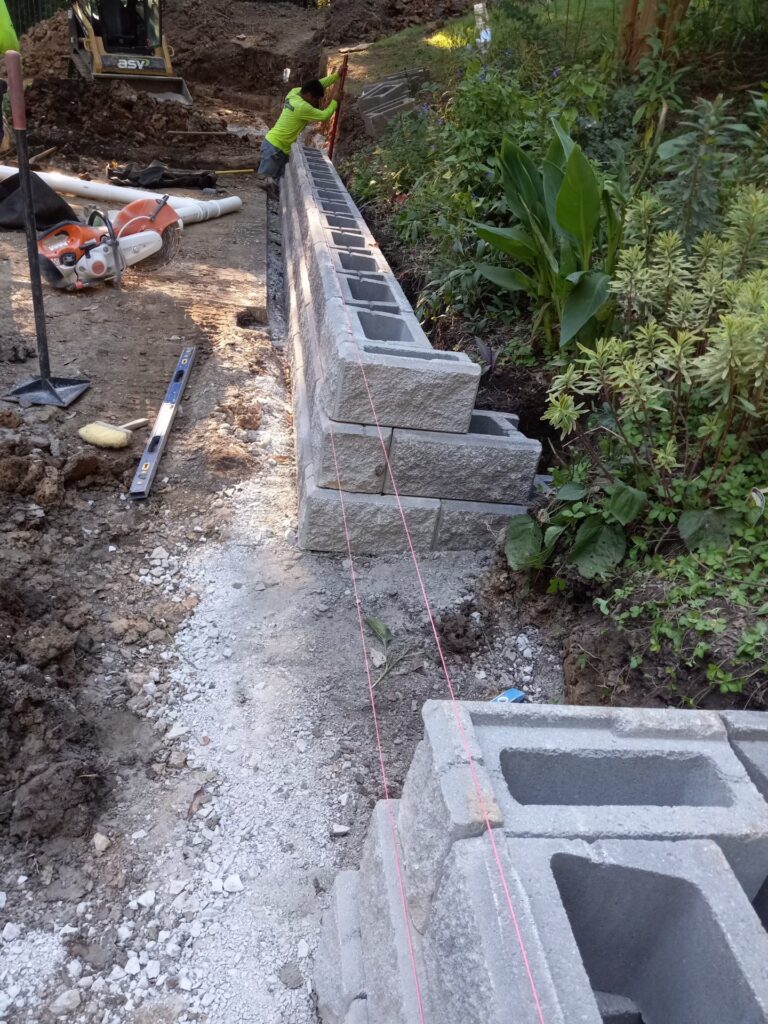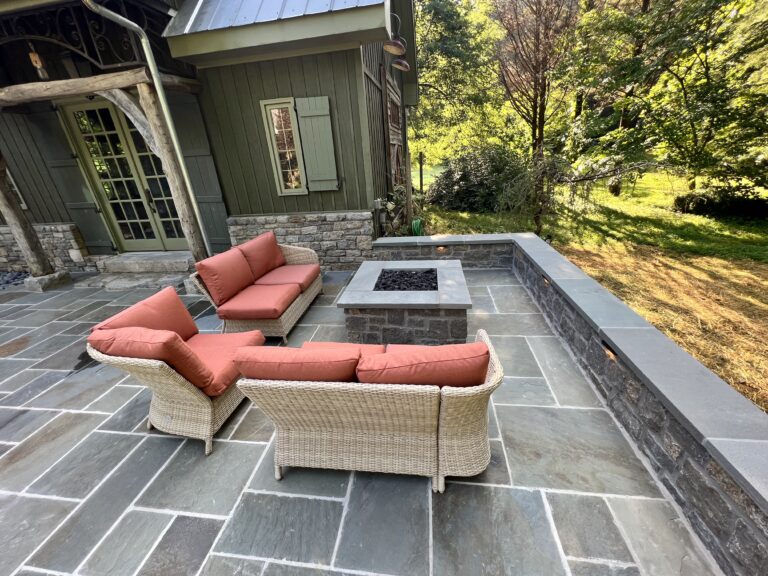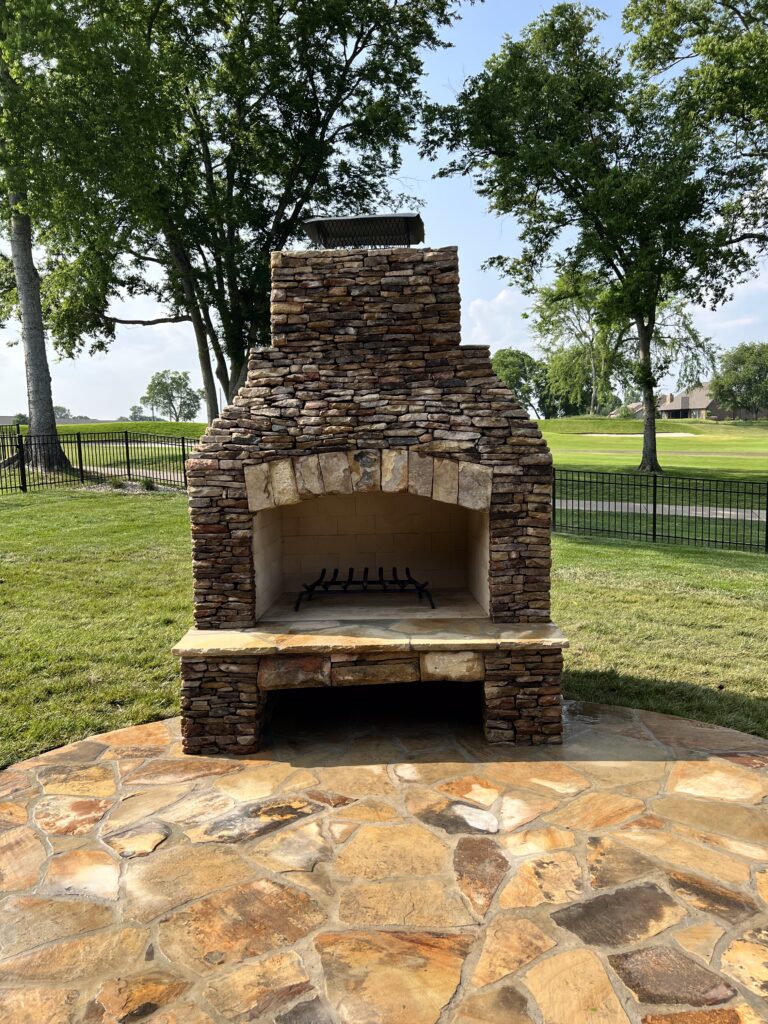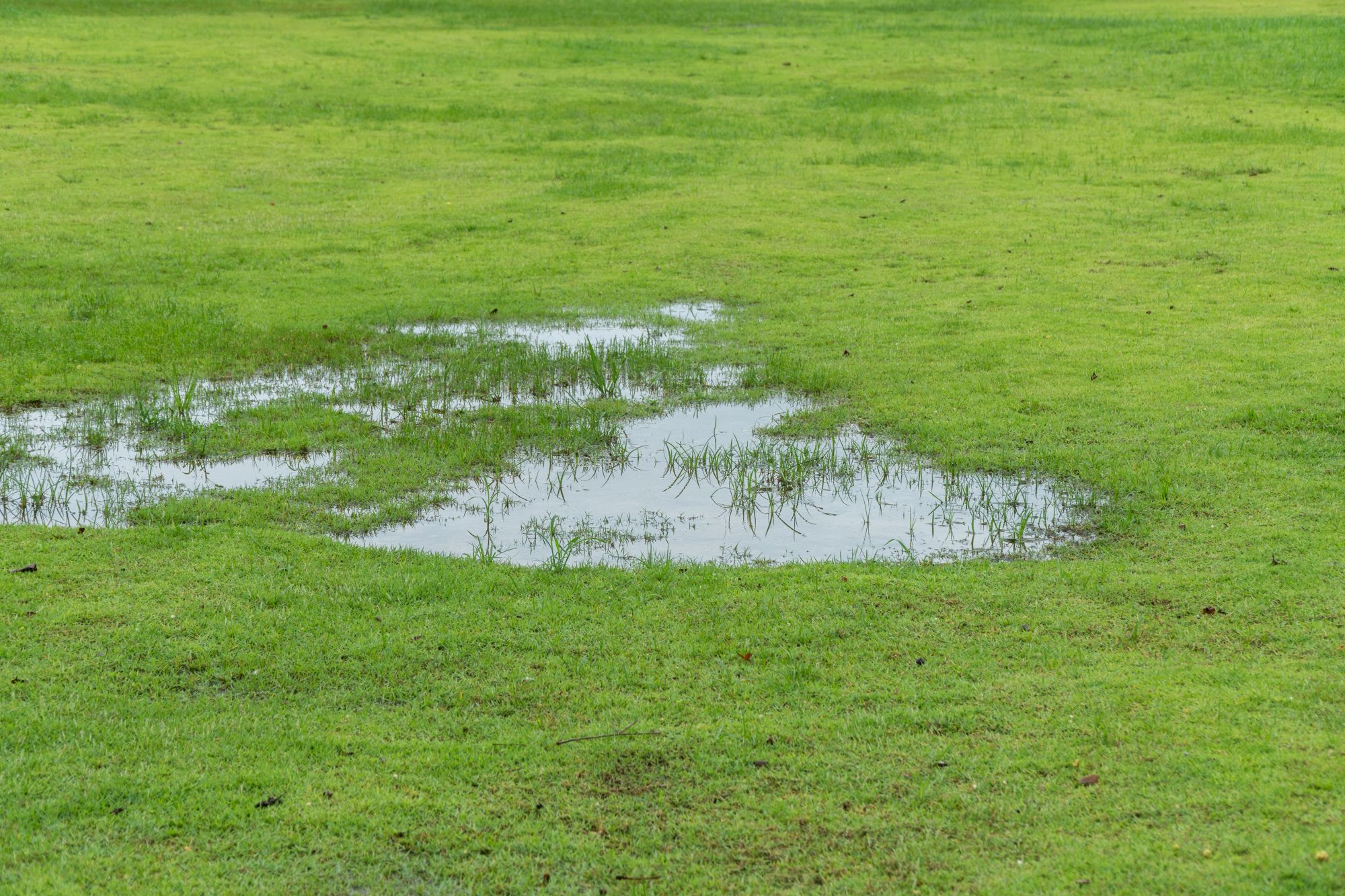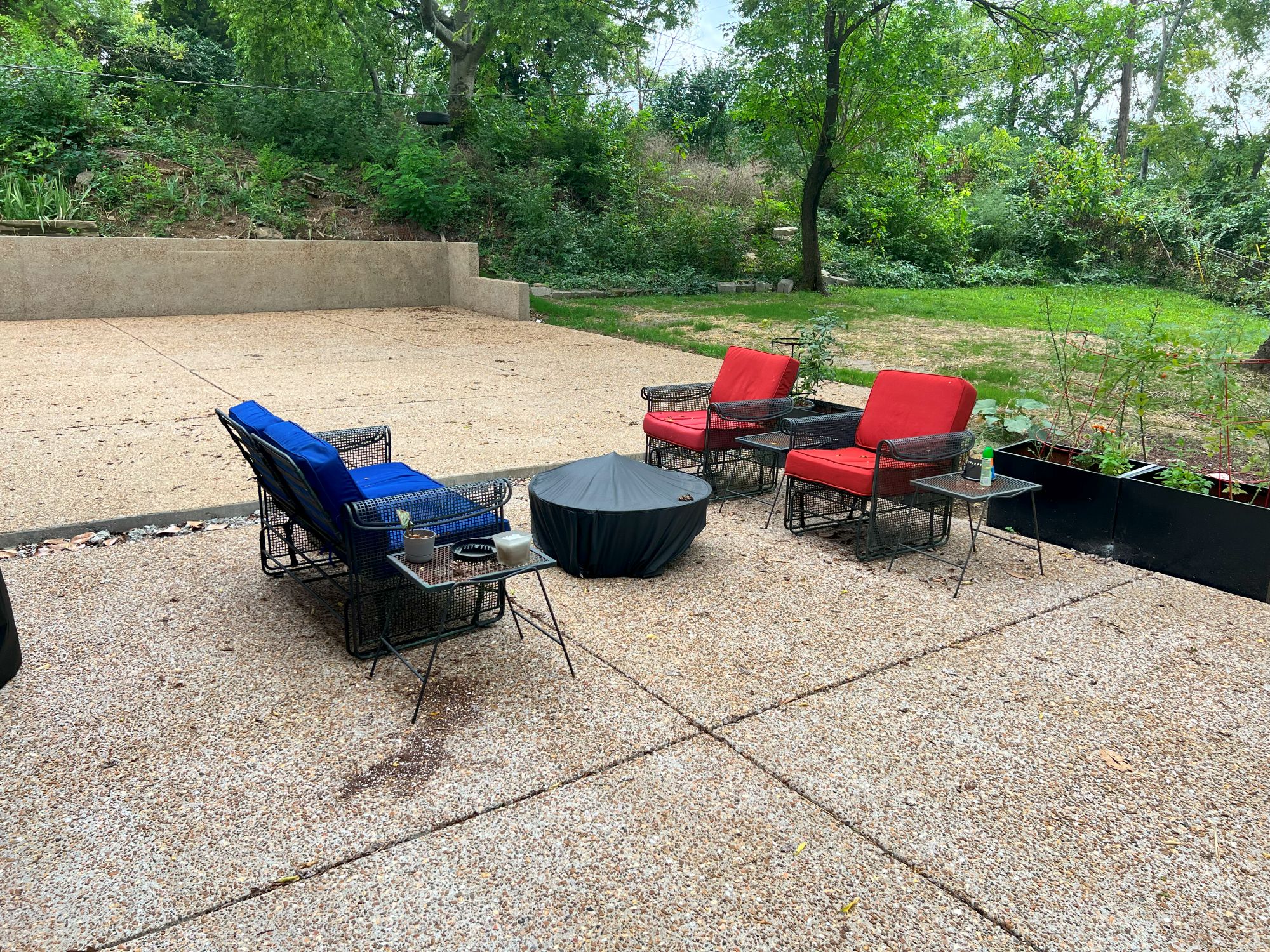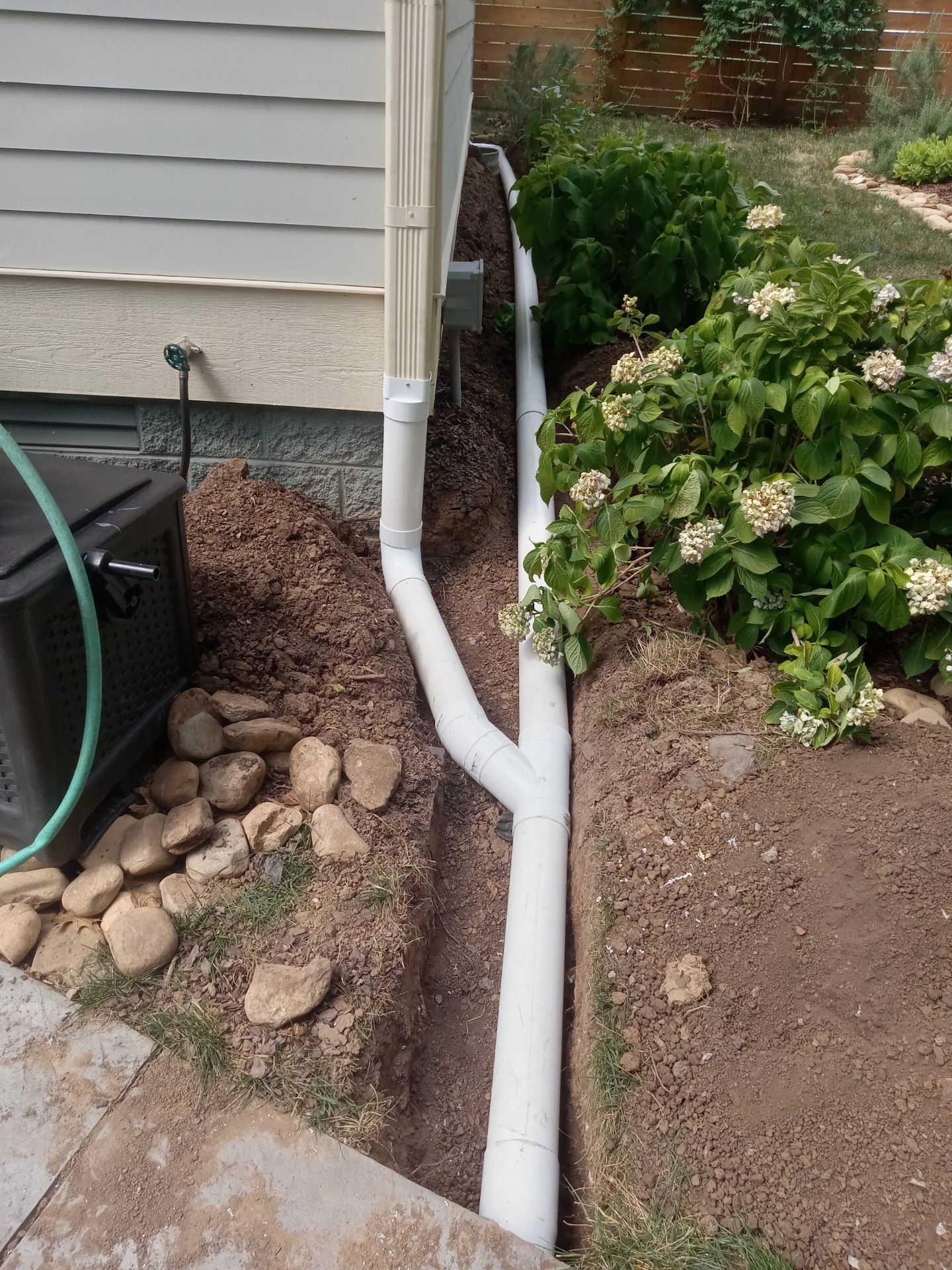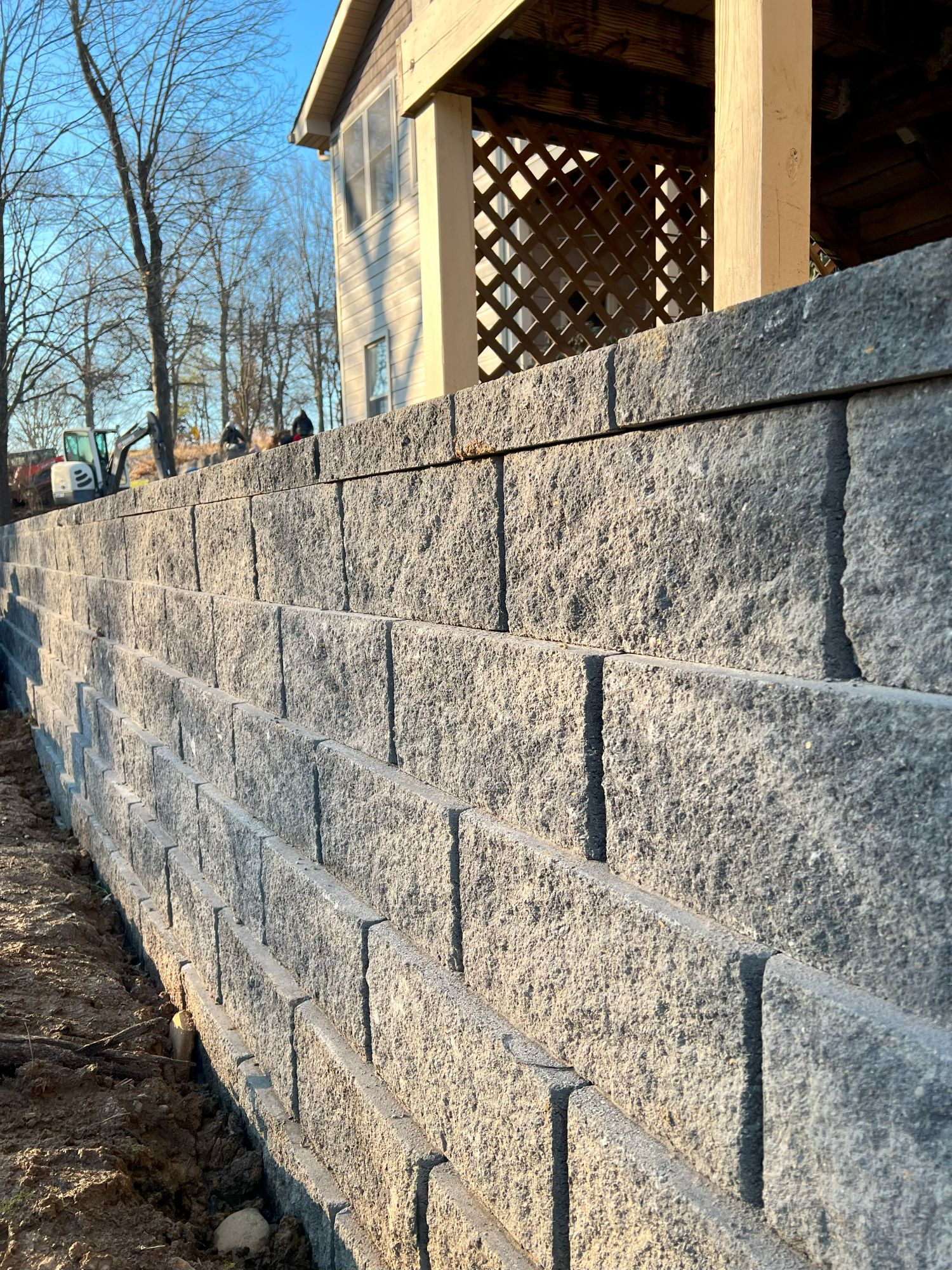Nashville isn’t exactly a desert—with an average of around 47 inches of rain per year, all that water has to go somewhere. As water hits your roof and cascades down, gutters along the roof edge are there to catch and guide water off to a location that can handle the excess. Without gutters, the rain would roll down the side of the house and collect around the foundation instead. This can lead to erosion of soil, compromise of your foundation, flooding of your basement, and damage to plant beds. Your gutters help prevent water collection around your home, but they need somewhere to redirect the water, which is where a downspout comes into play.
What Is a Gutter Downspout Extension and How Is It Installed?
Gutters usually run along the entire house and drain to vertical pipes known as downspouts. The downspouts are secured along the side of the home and help force the water to a specific area. The gutter downspouts can be guided to a spot away from the base of the house. By installing a gutter downspout extension, the water is routed to a distant area that can better handle the volume. The downspout is connected to the extension by fitting a 90-degree angled pipe known as an elbow to a more horizontal pipe underground. The buried portion carries the water away from the home to a more desirable area.
If you’re looking to extend your downspout, you’ll need to consider both the route and the destination. The spout extension will need to be placed in a trench that should slope downward so that the water doesn’t become stagnant in the pipe. While the trench can be dug by hand, this could be a laborious process that takes days of effort, depending on how deep or long it should be. Who has the time for that? Using a machine such as a backhoe can improve efficiency, especially if the ground is hard or rocky, but it is not something a novice should attempt. Before any digging, research should be done on whether any utility lines or other structures are present. Once the pipes are laid in the trench, any connectors between the pieces must be inspected to verify they’re securely attached to avoid leaks. The drain should lead to a collection area where the water can disperse—potentially a drainage easement, a lower area where water can sheet flow and dissipate, or an excavated area filled with gravel.
Planning for a downspout extension requires determining the best placement and the amount of material necessary for the project. You’ll want to ensure that you have the right type of pipe to sufficiently handle the job, purchase enough of it, and have the right equipment on hand. Otherwise, you’ll be making extra trips to the hardware store that will make your project take even longer. We’ve been doing this a long time at Greenway of Nashville and use our experience with various properties and situations to accurately estimate what it will take to get the job done, saving you the trouble.
We find that the best time of year to do a project like downspout extension is when the ground is warm and dry enough to be worked on. If it’s too wet, it can be difficult to dig and create the appropriate setup. As with anything, situations vary based on what’s needed, so it doesn’t hurt to go ahead and talk with the pros at Greenway of Nashville to determine how soon you can get yours done, especially with spring and summer rains beginning.
Don’t forget that gutters and their extensions will need to be kept clean of debris so that water can move freely instead of backing up or flowing over. Maintenance is just as important as installation! Ideally, keeping the gutters on the home clean will prevent the buried downspout extension from clogging, but if the underground part does get backed up, you may need a high-powered snake service to open up the flow again. Installing the extension so that the pipe is correctly sloped will also help to minimize settling debris.
“Work with skilled Nashville hardscaping and outdoor construction professionals who understand your vision and respect your schedule. Contact us for a free quote!”
Should I Do Anything Else to Manage Water in My Yard?
While gutters and a well positioned gutter downspout are important, you may need additional landscaping drainage management in the ground itself. Otherwise, the gutter and downspout may simply move the problem from one location to another if the endpoint isn’t able to handle the volume of water.
Primary landscape drainage solutions include French drains, retaining walls, and yard grading. Landscape drainage is necessary for every home to ensure standing water doesn’t lead to problems with soil erosion, foundation damage, or yard irregularities. A French drain is similar to the extension of the downspout in that it is also a pipe set underground to carry away moisture. The difference is that the French drain collects water from underground sources, such as a spring or water from the surrounding soil to move it away. A retaining wall is a structure, often made of brick or concrete, that helps maintain the look and shape of your yard by preventing soil from running off with rainfall. A French drain and retaining wall are often paired together as they improve different aspects of landscape drainage. A third approach is grading of the yard, which is the process of changing its slope to prevent stagnation of water on flat ground or correcting the existing angle to guide water away from the home instead of towards it. The degree and types of drainage needed will be dependent on your specific topography and environment. Often, a combination of these solutions is required to provide adequate drainage. If you aren’t an expert in hardscapes, it can be difficult to accurately choose the right solutions.
Residential drainage solutions are a cornerstone of Greenway’s offerings. We have more than 10 years of experience cultivating yards that function properly and provide value to your home. Whether you’re looking to extend gutter downspouts or take on multiple residential drainage projects at once, we’ll be there with you from planning to execution. Throughout the Nashville area, we’ve helped homeowners like you protect their lawns and homes with comprehensive hardscape installations. Learn how we can improve your home too—simply contact us through our website or by calling us at (615)-238-4574 for a free quote.
Read more content related to:

